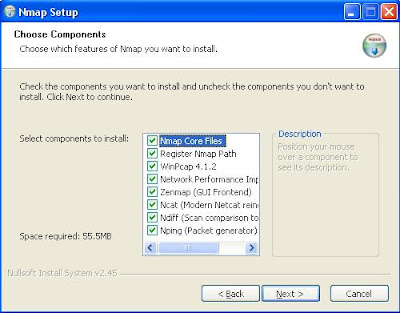Scripting in Perl! [Linux/Windows]
So currently at school I'm taking a Scripting in Perl class, and I'm in absolute LOVE with this language. It's easy to understand, has very good English-like syntax, simple array and hash usage, built in BASH support (for all you Linux freaks!), easy GUI creation, and so many other things that we haven't even gotten into. I'll be posting examples based upon things in my lab and lecture, including full programs, certain syntax, and other cool things. My teacher is very good and explains many things, so you have him at your disposal (meaning, ask me a question I don't know and I'll ask him, learn it, then explain it back to you!). Lets get started with basic syntax then get into all the fun stuff.



